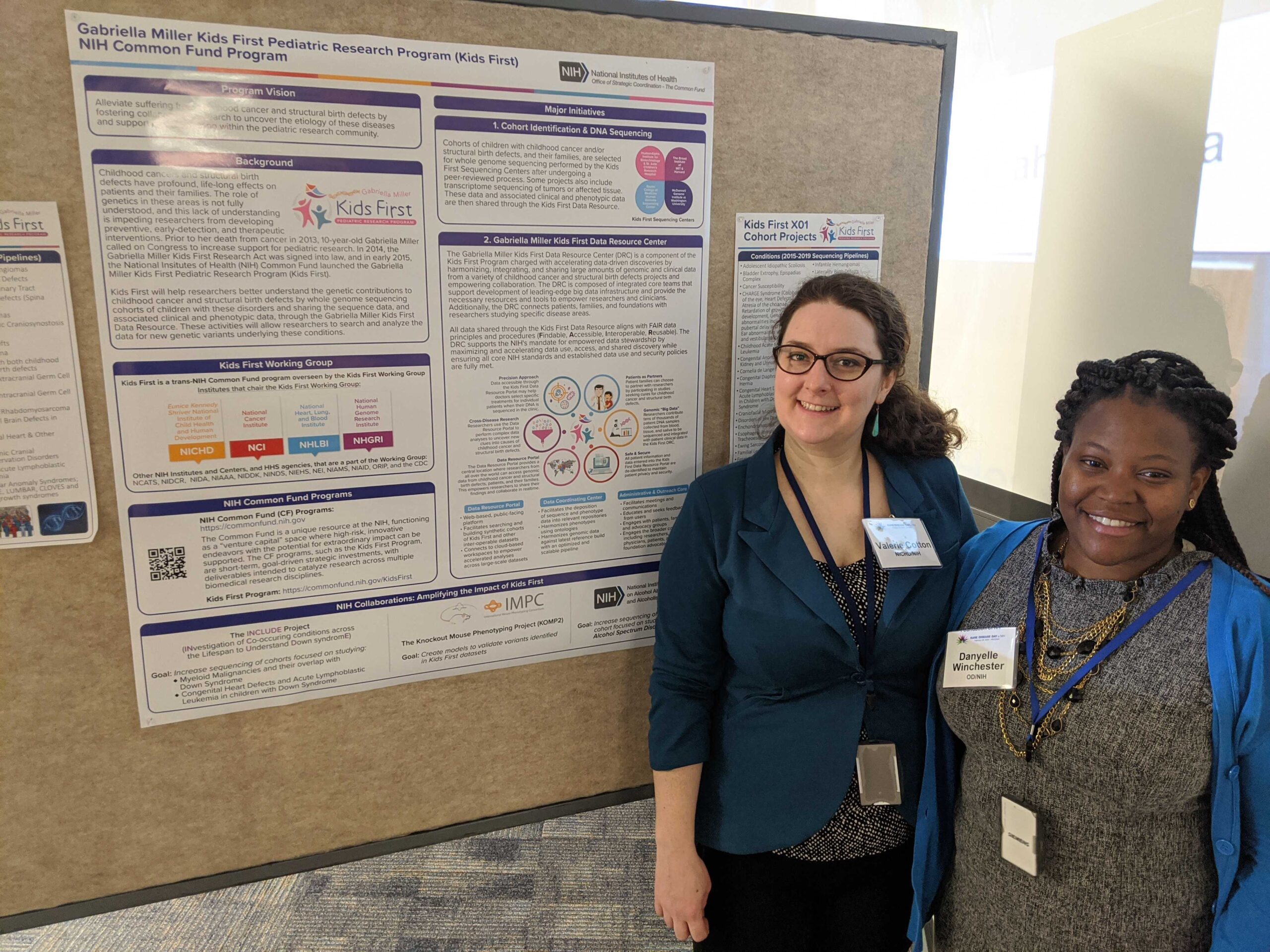Presented by the National Center for Advancing Translational Sciences (NCATS) and Clinical Center, the National Institutes of Health (NIH) Rare Disease Day takes place each year at the end of February. With the goal of raising awareness amongst the general public and decision-makers about rare diseases and their impact on patients’ lives, Rare Disease Day was first launched by EURORDIS and its Council of National Alliances in 2008. Since then, thousands of Rare Disease Day events have taken place throughout the world.
The NIH’s annual Rare Disease Day event – which was held, once again, at the Natcher Conference Center at the NIH main campus in Bethesda, MD, took the form of an all-day conference and expo to raise awareness about rare diseases, the people they affect, and the NIH research collaborations under way to address scientific challenges and to advance new treatments.
The number of attendees at the 2020 Rare Disease Day event was nearly double the size of the previous year, reaching roughly 1,000 patient advocates, families, agency representatives, researchers, and clinicians in attendance.
Addressing attendees of this year’s event, Dr. Francis Collins, Director of the NIH, highlighted the national efforts to accelerate rare disease research to help patients as quickly as possible. “About 30 million individuals in the United States have a rare disease, making these illnesses individually rare but collectively common,” he noted.
 At this gathering, the NIH Common Fund-supported Gabriella Miller Kids First Data Resource Center (Kids First DRC) presented a poster and information booth to highlight collaborative research opportunities for childhood cancer and structural birth defect researchers, as well as genomic and phenotypic data, and other features available through the Kids First Data Resource Portal.
At this gathering, the NIH Common Fund-supported Gabriella Miller Kids First Data Resource Center (Kids First DRC) presented a poster and information booth to highlight collaborative research opportunities for childhood cancer and structural birth defect researchers, as well as genomic and phenotypic data, and other features available through the Kids First Data Resource Portal.
Those attending the NIH’s Rare Disease Day had the opportunity to meet with representatives from the NIH Common Fund and the Kids First DRC’s Administrative and Outreach Core (AOC) team to learn more about the collaborative research opportunities and data available through the Kids First Data Resource. Attendees were also able to ask questions and find out how they can register and access data for their analysis.
Currently, there are over 1.3PB of data files from 14 datasets, comprised of genomic data from 4,284 families and 12,197 childhood cancer and structural birth defect patient study participants within the Kids First Data Resource Portal. Accessible through the Portal are genomic data aligned to Human Genome Reference 38 and comprehensive phenotypic data harmonized using community-based ontologies and standards such as the Human Phenotype Ontology (HPO) and/or the NCI Thesaurus. The DRC’s phenotypic harmonization efforts allow for easier analysis across different datasets and disease types, both within the Data Resource Center and across other genomic datasets.
To learn more about the data available, and to register to use the Kids First Data Resource Portal, visit https://kidsfirstdrc.org/support/getting-started/.











